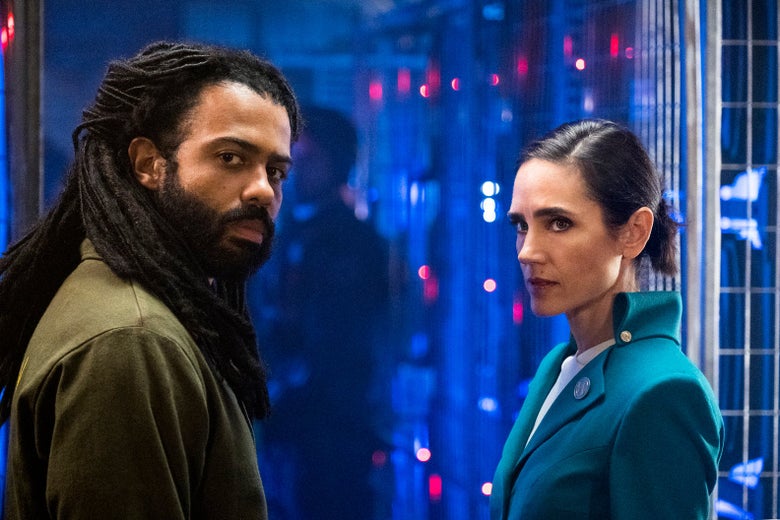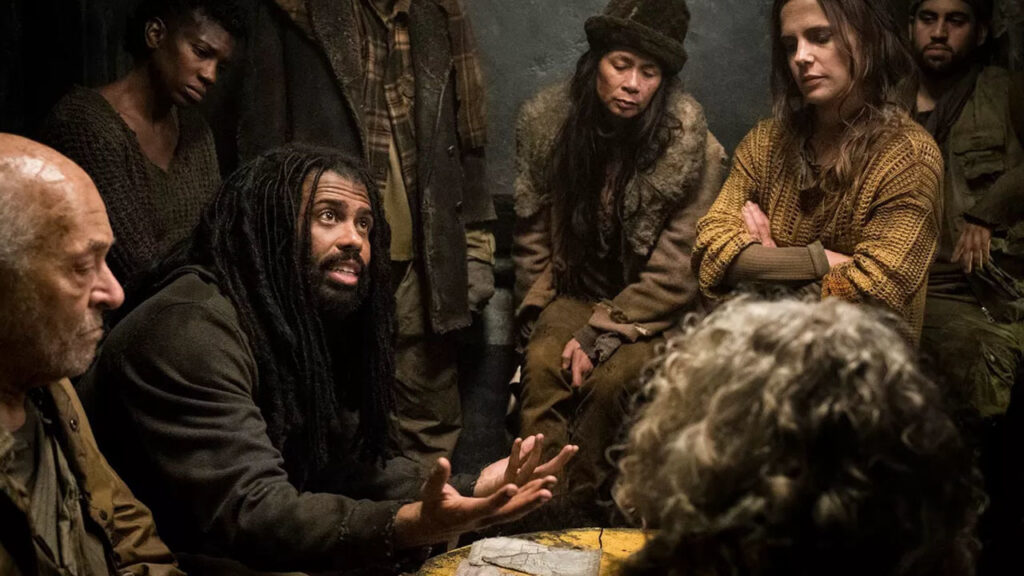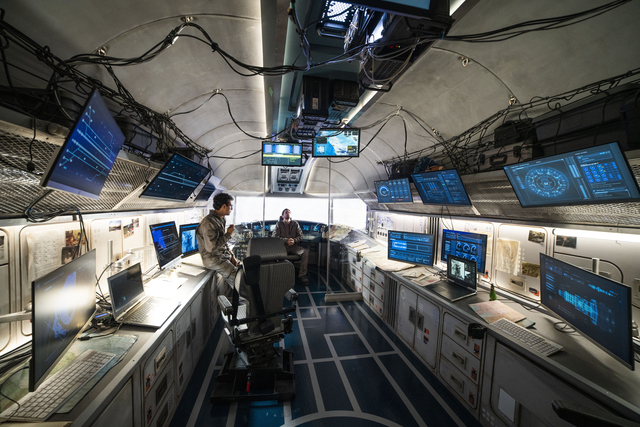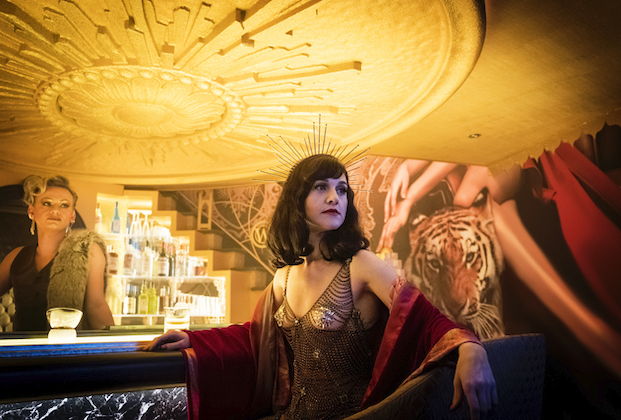My Trash :: Part One
I miss traveling by train quite a lot.
Prior to the present where most public transportation commutes have become endurance tests consisting of punching buttons with knuckles and secretly scowling as you try to discern if the one person on the carriage not wearing a mask may somehow be exempt from wearing one or not, there was always a feeling almost approaching zen whenever I boarded a train. Whether it was visiting family, going to university or headed for a friend’s house party situated in that ominous belt beyond Zone 3 of London, travel by rail has been one of the more reliable constants in my life. As long as I had something to listen to and a piping-hot microwaved bacon bap from the buffet car whilst sitting through the inevitable signal failures and breakdowns, I was content to trundle past the countryside for hours on end as a high-speed velocipede of segmented steel tubes escorted me to wherever my destination lay.
And since it would appear that my chances of long-haul rail travelling remain etherbound for the foreseeable, I have had to sate my locomotively-inclined indulgences via other avenues, the most recent endeavour being this science-fiction series that tries to cram everything you could possibly want into a single vehicle of primetime adult entertainment, chugging belligerently to the rhythm of its curious calibrations whilst displaying a committed seriousness in itself, no matter how silly or contrived the narrative so very often gets. Much like those bacon rolls I mentioned earlier, it is a specific niche of junk-food-for-the-brain that I cannot help but eagerly consume, and is my first subject in a series I am calling…
My Trash :: Part One – Snowpiercer (TNT/Netflix)
*WARNING :: There will be quite a few train puns herein, so be sure to make a note if you spot them!*
Much like the treacherous track of peaks, descents and spirals that the thousand-car-long bullet train travels throughout the series, this iteration of Snowpiercer had quite the fraught journey into existence. Having already accrued a formidable fanbase since its debut publishing in 1982, comic creators Jacques Lob and Jean-Marc Rochette’s Le Transperceneige series found a new lease of life when it received a big-budget film adaptation in 2013, with South Korean auteur and future Oscar winner Bong Joon-ho at the helm directing Captain America himself, Chris Evans, amongst an esteemed cavalcade of international stars. Retaining as much of the original graphic novel’s volatile mix of hope, nihilism and Marxist political discourse as it could whilst still delivering action-packed spectacle and drama, the film stands tall as one of the most enjoyably weird cinematic spectacles of the last decade, as darkly funny and moving a parable as Terry Gilliam would have made back in his heyday. Most importantly in industry terms though, the reluctant blockbuster managed to spin a profit worldwide, piquing interest from producers across the globe to try and tempt Joon-ho and his team into keeping this most ironic of money-trains moving for further success down the line.
Seven years later, courtesy of American cable network TNT and a handy rest-of-the-world distribution deal with Netflix, Snowpiercer (The Series) finally found its way onto TV screens, and marvellously timed it was too given the continuous onslaught of changeable weather from climate change gaining more traction in the news, the still-fresh demise of Game Of Thrones leaving a void for a new slice of adult-targeted genre-flected programming to take its place, Joon-ho’s dark satirical comedy Parasite sweeping the Oscars and the whole deadly pandemic thing forcing most reasonable people to stay inside their homes. Rather amusingly though given the show’s own plotlines and themes concerning political powers, motivations and villainy made by those in charge, most of this delay was incurred due to TNT and former showrunner Josh Friedman hitting that infamous professional impasse of “creative differences”, with Friedman and Doctor Strange director Scott Derrickson delivering a pilot that moved the network enough to option a full series, but also motivated them to demand extensive enough reshoots to turn the show into something completely different. By standing firm against these demands, both Friedman and Derrickson were forced out and new showrunner Graeme Manson, fresh off his success with Orphan Black, took the reins to help shape the costly behemoth into something that would keep the corporate bigwigs happy, with the unaired pilot lost to time thereafter apart from a single visual effects shot that appears in the first episode.

For what it is worth, it appears nearly all the cast and crew were retained, with lead star Daveed Diggs even offering a philosophical musing comparing the differences between the pilot and the finished series to theatre workshops and final performances, which might be the most eloquent way of saying “shit happens” that I have yet heard. It is that same sense of workmanlike professionalism trying to temper opposing forces of chaos and control that pervades throughout Snowpiercer itself, with the show trying to sate every possible viewing demographic’s interests and thus coming up short in becoming something as unique as a show about a train carrying the last of humanity across a frostbitten Earth throughout the next ice age should be. This is especially true when comparing the series to its feature-length predecessor, a film that embraces its grungy craziness so much that even a full-tilt Tilda Swinton performance doesn’t sit oddly within its milieu.
One of the best compliments that you can give the series is that it is not a mere re-tread of the movie’s continuity, establishing its divergence from the very start as something that is somehow both more thought-out and less imaginative than what the film was by fleshing out the world and its inhabitants to the point of over-explanation. Presenting us with a train wherein the inhabitants of each section are more aware of each other’s existence as well as the sliding scale of indignities visited upon the lower classes allows for a more interesting and emotionally murkier reading of the social political contexts involved in keeping the steel ark moving, especially with regards to the train’s staff hierarchies who are either ignorant to the suffering of those below them or too wrapped up in their own sense of self-preservation and privilege to care. Introducing the audience to all of this via a murder investigation that ends up implicating several passengers across the train’s class system is a novel way of traversing throughout the world also, helping to establish tensions and relationships between the main characters in a nice nod to that other trainbound murder mystery from Agatha Christie whilst turning Diggs’ beleaguered detective-turned-rebel Layton Wells into a dreadlocked Poirot from Chicago, a revisionist twist that is cute enough to make the fact of his apparently being the only certified member of the real-world police on the entire line easier to swallow.

It is when this entry-point plot thread runs its course halfway through the first season that the cracks in this version of Snowpiercer begin to show, not just thematically in how sustainable the world within the high-speed mechanical beast operates but also in how inconsistent the character work is. Beyond the broadly-drawn murderers, rapists and banally-evil thugs that populate the action, the most prominent example of this is Jennifer Connelly’s glacial boss-of-everything Melanie Cavill, a reluctant leader who is both the train’s best engineer (she designed it, so fair) and its head of hospitality (she looks and sounds like Jennifer Connelly, so doubly-fair), and not only does diabolical things to our heroes to keep her particular brand of authority alive, but is still somehow framed as the closest thing the show has to a hero. Granted, the numerous action scenes featuring Melanie fixing every part of the train single-handedly are exciting enough and Connelly’s charismatic performance does a great service in making her even remotely agreeable, but her demigod-like ability to alternate between saintliness and murderousness feels like a hollow shrug by the creators to keep the series moving rather than a complex portrayal of a single person trying to keep what is left of the world alive through noble villainy.
Which brings us to the train itself, an impressively mounted bulk that appears to be able to do everything and nothing at any given moment that the show needs it to do (or not). Rather than keep the train’s inner workings under lock and key until a horrifying reveal like the film does, the series is very keen to impress a more plausibly tech-heavy locomotive from the outset, replacing the movie’s more allegorical elements with something that hews closer to hard science-fiction and features plenty of sequences devoted to control boards filled with flashing lights, railroad maps and engine schematics as the state-of-the-art locomotive lumbers from one narrative setback to the next.
Beyond the engineering decks though, this train has everything; a fancy aquarium retained from the film that this time features nude diving scenes because cable TV; a two-level “nightcar” area that has its own bevy of balconies and backrooms, as well as a stage for ironically-fitting performances of twentieth-century pop songs; an entire multi-level street market that feels more like something out of a warehouse district in Blade Runner than a moving train; and most importantly a deus-ex-lower-deck-railroad-within-the-train that comes in handy whenever anyone needs to get up or down train in time to avert whatever disaster is about to crash through. Though despite featuring the best use of internal space since the TARDIS, there are much simpler things that the train amusingly cannot seem to do at important junctures in the action, such as disconnect carriages from one another (which is a bizarre non-safety-feature for a train, honestly) or even assure the audience with enough concrete evidence to let them know which direction of travel it is going in.

And then there is the overall tone of the show, which seems to be going for something much more conventionally earnest and serious than the premise can ultimately sustain. Being a genre-blending prestige TV event with plenty of sex, violence and overall flashiness thrown at it to court advertising revenue, the chances of a series boasting an emotional meter more akin to the film’s quicksilver ability to solicit shock, poignancy and laughter in a single scene were going to be slim but the gritty seriousness with which Snowpiercer deports itself throughout is almost admirable in its dedication to glum misery. Dulling its satirical blade by substituting dark humour with more violent assaults to make sure the real-world allusions hit with a more blunted force, especially by the time the second season introduces a thematic correlation between sexual submission and suicide as well as an underground political movement that uncomfortably echoes the rise of the far right lunatics in our current political shitstorm, it cannot quite dissect its intended targets of fascism and toxicity as saliently as it should, instead deploying ruthless carnage for cheap shocks.
And yet, despite all the highly questionable taste on display, Snowpiercer still has me invested. First and foremost, the cast can be credited highest for making this chicanery so watchable, with Diggs and Connelly leading the charge by developing a rare co-ed rapport that is refreshingly built from mutual respect and never spills into will-they-won’t-they territory. They are given fine support by a committed cadre of diverse players too, particularly Mickey Sumner’s sympathetic rendering of burgeoning social conscience in brakeperson Bess Till and especially Alison Wright’s chief of hospitality Ruth Wardell, a lady whose sense of duty ends up leading her on an existential rabbit hole what is easily the show’s most satisfying character arc. Regardless of how “dimensionally transcendental” the train’s interiors appear to be sometimes, the creative proficiency of the design team is on full display in the production design and costumes too, and the brief glimpses we get as the train zooms past frostbitten landmarks from all over the world offsets the action inside, opening up the show’s visual palette as well as highlighting the threat of damage from the apocalyptic cold.

By the end of season one though, a new threat arrives to further destabilise life on the train, an out-and-out villain whose identity I cannot really spoil if only because it gives the performer probably their best role since their cinematic travels through Middle Earth and it is upon their introduction that Snowpiercer starts to travel down a simpler track of us-versus-them course-correction to shoehorn in even more ridiculousness, notable among them a questionably-accented married couple who happen to be experimenting on the effects of frostbite and artificial limb replacements. For all its unsubtle hokum and careless triggering that I had previously mentioned though, at least Snowpiercer has developed enough of an ethical morality to know which side to frame as good and which one as bad by this point, eventually hurtling into an enjoyably chaotic tone that feels more akin to the film than it had done in earlier episodes. It’s both overblown and undercooked, impressive and stupid, and not nearly as good as the previous versions; but then again it doesn’t necessarily try to aim for those adaptations’ precedents, more content to be a solid Game Of Thrones clone with a futuristically dystopian bent, complete with all the bloody betrayals, political intrigue, rampant sex, even a deathly winter, but replacing the fire-breathing dragon with a giant bullet train that for all of its wear and tear still seems to run more competently than anything on Southeastern or Virgin.
It is the kind of opulent trash that I love basically, and I can only hope that Ed Sheeran doesn’t turn up in season three to ruin it somehow…
What do you think of this series? How does it compare to the film or the comic to you? Please leave a comment below if you are so moved and we shall see what trash we have in store for next time.
Until then… xxxo
